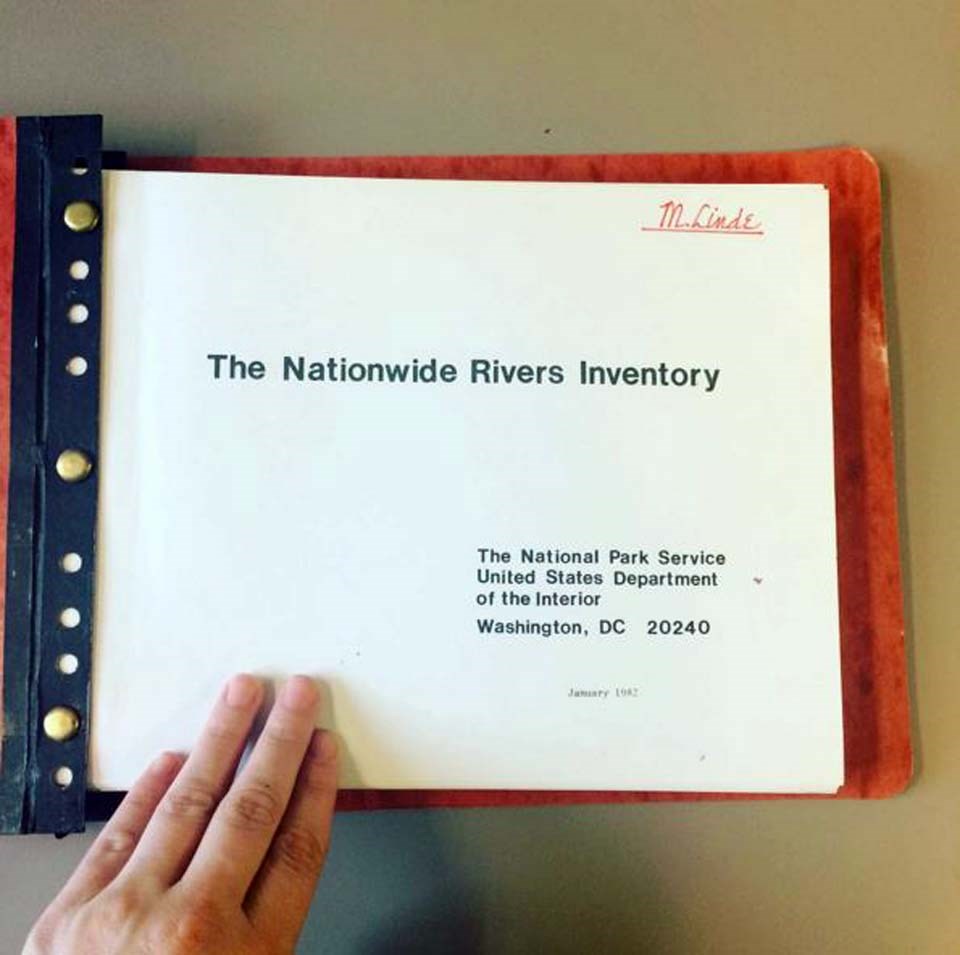
Public Law 90-542 (the Wild and Scenic Rivers [WSR] Act of 1968) establishes a National Wild and Scenic Rivers System for the protection of rivers with important/unique values. The WSR Act designates specific rivers for inclusion in the WSR System and prescribes the methods and standards by which additional rivers may be added.
Within the WSR Act Congress calls for the identification of potential wild, scenic, and recreational river areas within the nation:
"In all planning for the use and development of water and related land resources, consideration shall be given by all Federal agencies involved to potential national wild, scenic and recreational river areas, and all river basin and project plan reports submitted to the Congress shall consider and discuss any such potential. The Secretary of the Interior and the Secretary of Agriculture shall make specific studies and investigations to determine which additional wild, scenic and recreational river areas within the United States shall be evaluated in planning reports by all Federal agencies as potential alternative uses of the water and related land resources involved."
Wild and Scenic Rivers Act, Section 5(d), 1968
In partial fulfillment of Section 5(d), NPS maintains the NRI as a national listing of potentially eligible river segments. A river segment may be listed on the NRI if it is free-flowing and has one or more "outstandingly remarkable values" (ORVs). The kinds of ORVs that can qualify a river for listing include: exceptional scenery, fishing or boating, unusual geological formations, rare plant and animal life, and cultural or historical artifacts that are judged to be of more than local or regional significance.
The roots of the Nationwide River Inventory can be traced back to 1969 when the Department of the Interior's Associate Solicitor for Parks and Recreation informed the Acting Director of the Bureau of Outdoor Recreation (BOR) that Section 5(d) authorized the Secretary of the Interior to "conduct studies and investigations for the purpose of identifying additional wild, scenic and recreational river areas." Less than a year later, BOR's Assistant Director for State Grants and Resource Studies drafted a memo to all Regional Directors that provided a legal interpretation of Section 5(d), and proposed 44 rivers for inclusion in a national list.
A year later, the Assistant Director for State Grants and Resource Studies sent a memo to all Regional Directors providing the procedures for adding and deleting rivers on the Section 5(d) list, and an outline for compiling a Summary Report to determine a river's eligibility for inclusion on the list. Data collected for the Summary Reports included river length, significant ORVs, and surrounding land ownership.
The inventory process began in the mid-1970s under then-Director of BOR, James Watt. The concept of a national inventory of potential wild and scenic rivers was proposed by BOR's Southeast Regional Director Bob Baker who reportedly acquired a strong belief in resource inventories as fundamental to natural resources planning and management from the future NPS Director, William Penn Mott, while working under him in the California State Parks System. The NRI idea was presented to Watt and the Office of Management and Budget as a way of putting limits on the eventual size of the National Wild and Scenic Rivers System. The inventory was first conducted in the eastern states and then in the western states. NPS published and distributed an initial draft of the eastern states' segments in March, 1980, and a final version of the completed NRI (which included east and west segments) in August, 1982.Last updated: December 21, 2017
